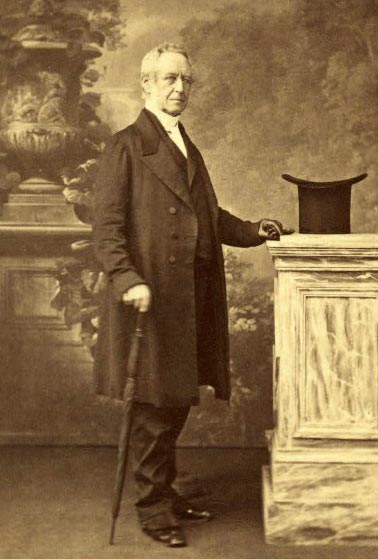
Tithes were the one tenth part of annual earnings, formerly taken as a form of tax for the support of the Church and its clergy.
The Tithe Applotment Books were compiled between 1823 and 1837, in order to indicate the amount which occupiers of agricultural lands over and above one acre, should pay in tithes to the Church of Ireland (The Protestant church was then the church established by the State, until its dis-establishment later in 1871).
Today the Tithe Applotment Book records, remain a most vital source for genealogical research, especially before the Great Famine period (1845-1850). Remember most of the 1821-51 Census records were destroyed in the Irish Public Record Office, which was then part of the Four Courts complex, and was the location of major fighting by pro-Treaty and anti-Treaty forces in June 1922.
Here in Thurles, Co. Tipperary, in 1831, threats were first made against the then protestant Minister, Rev. Archdeacon Dr. Henry Cotton, when he attempted to collect this same Tithe Tax.
In a letter to the ‘Board of First Fruits’ (Irish: Bord na Prímhide) latter an institution of the Church of Ireland established in 1711 by the then British Queen Anne (Queen of England, Scotland, and Ireland between March 8th 1702 and August 1st 1714) to build and improve churches and glebe houses in Ireland. Same institution was funded from clerical incomes, which were in turn funded by tithe taxes.
Thurles minister Rev. Henry Cotton wrote in his letter: – “In 1831 the opposition had reached a fearful height, my collectors were assaulted and one had his skull fractured, others though guarded by policemen were attacked by a large angry mob, one lost his life, all others were intimidated from acting for me. I felt compelled to leave my residence, and have not yet returned to it, so great the spirit of violence…..”
However, it would appear that this ‘great spirit of violence’, did not deter Rev. Cotton from continuing to attempt to collect tithe tax on behalf of the established ‘Board of First Fruits’.
On Saturday Oct. 7th 1837, we read the Newspaper headline:-
“Attempted seizure for tithes at Mullinahone”.
Tues 3rd Oct. 1837. About 150 police from Clonmel, Carrick, Cashel, Fethard and Killenaule, with about 40 of the 34th Regt, with Edw. Lawlor Cambie Esq, sub-sheriff and 4 ragged bailiffs, marched in here and at 12:00 o’clock proceeded to house Mr Thomas Mullally, Mohubbe, to distrain for tithes due to Rev. Archdeacon Cotton. But Mr. Mullally could not be found and there was not a 4 footed animal on his land. A similar attempt was made on this gentleman and on Mr. Richard Cormack in Oct. 1836. Cotton an absentee clergyman from his union of Lismalin – which has 2000 Catholics and only about half a dozen Protestants. The people of Lismalin and Mohubber are determined not to pay tithes until the question is settled by British Legislature”.
Later, Rev. Archdeacon Henry Cotton did eventually return to his Rectory (Glebe House) on the Dublin Road, here in Thurles and working closely together with a local Roman Catholic priest Rev. Fr. Wm. Barron, from St. Patrick’s College, here in Thurles, led our local community safely through the Great Famine period.
Amongst the many public works projects funded and undertaken by this Great Famine committee, latter chaired and guided both by Rev. H. Cotton and Fr. Wm. Barron; was the “Double Ditch” on the Mill Road, Thurles; now under threat of extinction, by ill-informed officials, politicians and County Councillors, within Tipperary Co. Council.
More on the “Double Ditch” saga within the next few days.

Thanks for these Thurles – Looking Back submissions……….of particular interest was the piece on Eamon de Valera’s visit to Thurles in 1933………….my mother was 14 years old at the time, and she told me the story several times, of how she was taken to see “Dev” by my grandmother – “to witness a bit of history” as my grandmother put it……apparently my grandfather was urged to attend but for reasons unclear, he declined.
Anyway, once again thanks